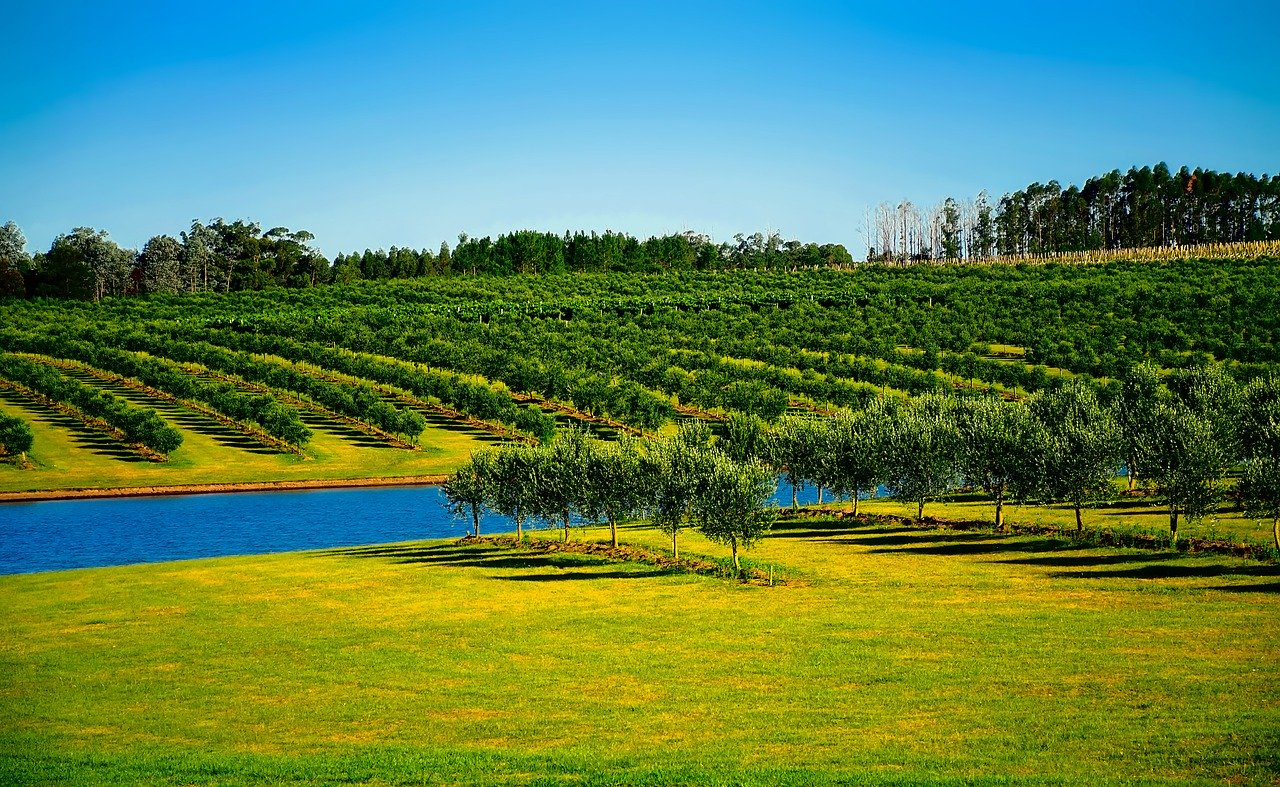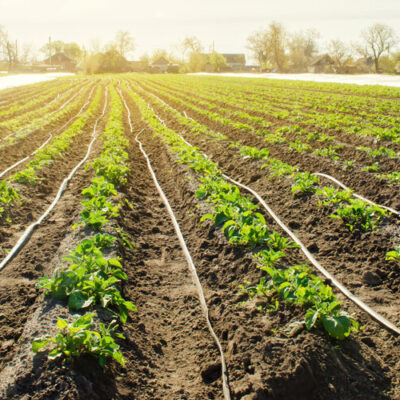Circa 1.8 million years ago, the human brain grew bigger, the gut got smaller, and early-stage humankind began to walk upright. Around the same time, according to Richard Wrangham, a British primatologist at Harvard University, USA, Homo Erectus learned to harness fire to cook food. It was a game-changer.
As Wrangham stated, people do not easily digest raw meat. Cooking it increases its nutritional value and facilitates more effective digestion. At first, these early forebearers remained close to the tropical rain forest, living near lakes and rivers and returning to the trees only for shelter. Stone tools were developed, and eventually, containers from animal products that could be used to carry and store water.
Being able to transport water made travelling a possibility for the first time, and as the climate began to change, humankind ventured further afield. The concept and practice of irrigation in around 6000 BC represents another major milestone on humankind's growth in terms of civilization.
In Egypt, Iran, and Iraq, people began to make use of the floodwaters of the Euphrates, the Nile, and the Tigris rivers. They diverted the water to their fields for 40 to 60 days, after which it was then drained back to the sources at the appropriate moment during the crop growth cycle. It was the first real successful attempt at irrigation.
The Egyptian Nilometer water level management tool
In circa 3500 BC, the flood season of the Nile was unpredictable. The Egyptians created a flood gauge that they called a Nilometer. It consisted of an upright column with markings to record the change in water levels of the river. Another design was a flight of steps leading down into the river. The priests would then use these devices to predict when the floodwater would materialise.
It was the Egyptian King Menes, who in circa 3100BC created the first significant irrigation project. It consisted of a series of canals and dams to divert the floodwaters, creating a new humanmade lake called Moeris.
The Roman Cement Pipes of 2000 BC
The Romans are, of course, famous the world over for their innovative thinking and early technology. Their transportation of water began around 2000BC when they created cement pipes. These long pipes were used for carrying water from large sources to their farmlands. The pipes prevented the water from seeping into the soil and ensured that more reached its intended destination.
They would eventually build viaducts which would sustain the growth of the city of Rome.
The Shaduf - circa 1700 BC
The shaduf (sometimes spelt shadoof) is another Egyptian invention that is still used today in some areas of Egypt and India. It consists of a long, tapered pole that pivots like a seesaw. On one end, there is a bucket made from skin with a counterweight on the other end.
The bucket is lowered into the source of water and, when full, is raised by pulling on a rope attached to the counterweighted end. The tapered pole is then swung around, and the water can then be deposited wherever it is required.
In some instances, where the water needs raising to a higher level, a series of shadufs are mounted one above the other. In India, this device is known as a denkli, or paecottah.
The Legacy of the Moors
Perhaps the most recognised feature of early irrigation technology came at the hands of the Moors, and can still be seen across mainland Spain today, especially in the mountainous south. In the Alpujarras, you will find extensive terracing and an aqueduct system that is not only still in place but is working throughout the network of white villages.
It was here that 900 years ago, the Moors sought refuge when they would not convert to Christianity. They created a marvelous system of aqueducts that enabled them to irrigate the near-vertical mountainsides they had terraced to plant crops. The channels that carry the water are called acequias, and today they still deliver beautifully clean, clear water all year round.
Modern irrigation
Today's irrigation systems make use of reservoirs, water tanks, and wells to deliver life-sustaining water to crops. Reservoirs come in many forms - aquifers used for collecting melted snow, and humanmade basins and lakes created through damming. The water is carried to its destination by pipelines and canals, often using the force of gravity, as did the Romans, or where necessary, by using a system of water pumps.
The crops are irrigated using various methods. Sometimes an entire field is flooded (as per paddy fields, for example), or by channelling water between rows of crops, or by using sprinkler systems, or a series of pipes which let water drop onto the plants. This latter method is called drip irrigation and is used by private gardeners as well as in the agriculture industry.
The 20th century saw the amount of irrigated land double. Today, approximately 18% of the planet's croplands are irrigated. Most expansion has taken place in Africa, Asia, and South America. In Jordan, the desert ecosystems are irrigated using a variety of methods, from aquifers to groundwater and wells.
The near disappearance of the Aral Sea
Irrigation on a higher level has taken its toll. The Aral Sea ecosystem has all but gone. An area that once thrived on its fishing economy is now bereft with large fishing vessels sat abandoned in what is now mostly a salty desert.
The Aral Sea ecosystem has nearly been eliminated. The area’s once-thriving fishery has been destroyed. Huge fishing vessels now sit abandoned in the middle of the salty desert.
Kazakhstan and Uzbekistan now work hand-in-hand with environmental organisations to conserve the remnants of the Aral Sea so that farmers can still use its water to irrigate their crops. Three lakes were created in Kazakhstan by the building of a dam.
Why water conservation is critical
Our planet might be 71% water, but only 3% of that water is fresh, and at this point in time, only 0.5% of that 3% is suitable for drinking. That is why conserving what we have through more careful use, and improved irrigation technology is so important.


